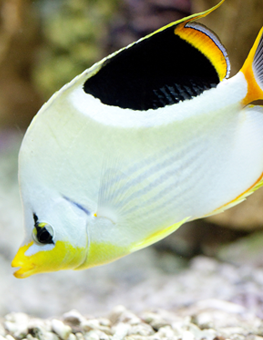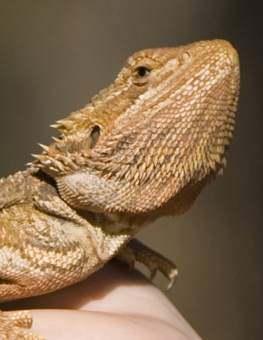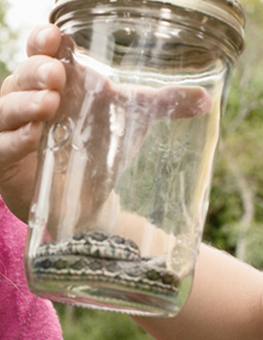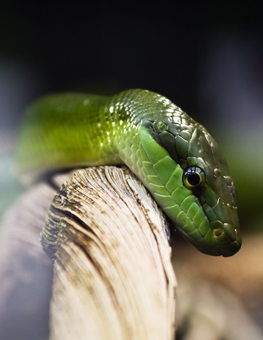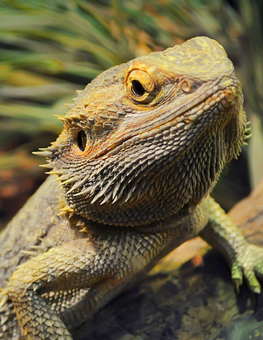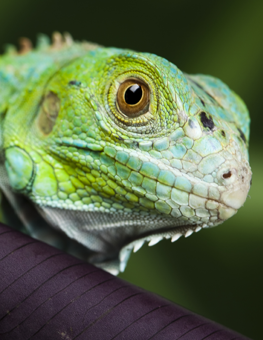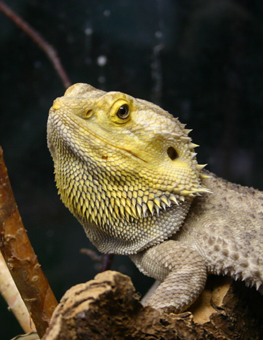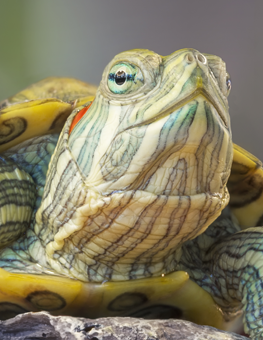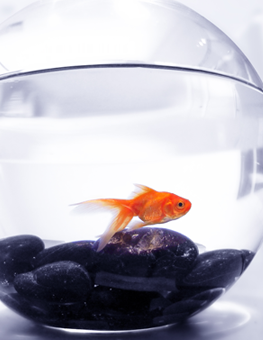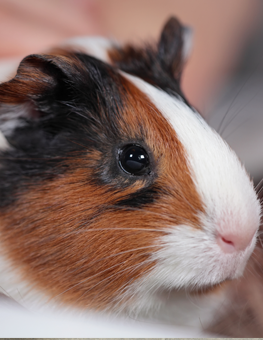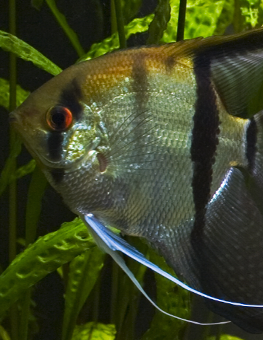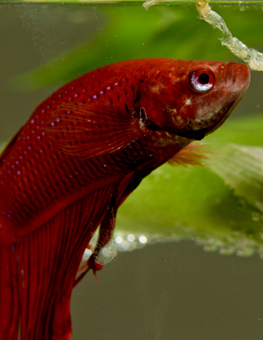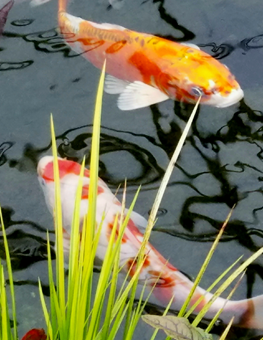Keeping Children Safe around Reptiles
Reptiles make great pets but pose unique safety risks to children.
As always, good habits are best developed at a young age. Teach your children from the beginning to always treat pets with respect. Once they understand proper reptile etiquette, they will derive years of pleasure from their reptile companions.
Disease
All types of reptiles potentially carry the Salmonella bacteria. Salmonella is the most common bacteria associated with food poisoning and is naturally carried by almost all reptiles just as humans carry certain strains of bacteria in their bodies. Harmless to reptiles, Salmonella bacteria can cause serious disease in humans.
Symptoms in humans include:
- Fever
- Diarrhea
- Severe nausea
- Abdominal pains
Children are particularly susceptible to Salmonella due to their immature immune systems. The bacteria are most often spread through contact with microscopic fecal matter on the reptile’s skin. It is commonly spread to children who handle the reptile. Take the following steps to prevent a Salmonella infection:
- Wash hands. After you touch your reptile, you should wash your hands. Children should be taught this right from the beginning. Be extremely careful with children younger than five. Proper hand washing requires soap and water, and will take longer than 20 seconds.
- Keep your reptile out of the kitchen. Your reptiles should never come close to areas where food is prepared or served. This includes kitchen tables, outdoor grills, or any countertop that may be used for eating.
- Frequently clean your reptile’s cage. Build-up of fecal matter in the substrate and the sides of cage walls will gradually become more dangerous. When cleaning, be sure to immediately dispose of the waste. Do not let it sit in the garbage can for any lengthy period.
If you or your child experiences symptoms of Salmonella, immediately see a doctor. Infections can be easily treated with antibiotics, but can escalate quickly and become dangerous if not treated promptly.
Physical Safety
Reptiles are fragile creatures that scare easily if not handled properly. Children, especially, can unwittingly rough-handle and provoke a reptile pet, so extra precautions should be taken whenever children handle these pets.
Obviously, you should take the proper precautions locking up poisonous reptiles around children. But what can be done for other encounters?
- Teach proper handling. Children need to be taught to respect their reptile. They cannot shake, pull, or squeeze the animal, even though some of this type behavior may be acceptable around cats and dogs. Reptiles may react violently in self defense.
- Pick the right reptile. Very few lizards enjoy being handled by humans, especially children. Some species of snakes, on the other hand, are more tolerant of children. Among lizards, Geckos also are usually kid-friendly. Chameleons and frogs are especially ill-suited to being handled.
- Trim claws. Reptiles are less receptive to having their claws trimmed than cats or dogs, but doing so can prevent your child from being scratched. Iguanas, in particular, should frequently have their claws trimmed.
Part of the appeal of these species is their exotic nature, but that also brings with it an element of the unknown. You should make it a point to research the pros and cons of your reptile before purchasing one so you fully understand its unique personality traits. Consult your pet storeowner or veterinarian with any questions.




